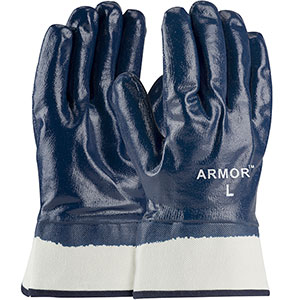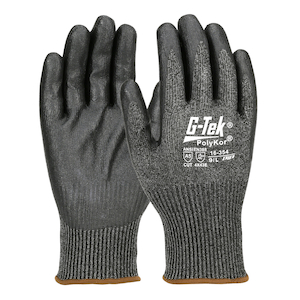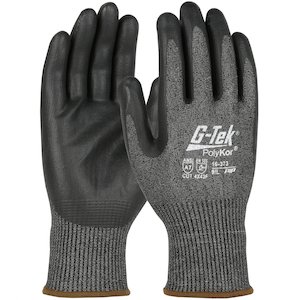
-
 Cut Resistant GlovesMaxiFlex® Cut™34-8743
Cut Resistant GlovesMaxiFlex® Cut™34-8743
-
 Cut Resistant GlovesMaxiCut® Ultra™44-3745
Cut Resistant GlovesMaxiCut® Ultra™44-3745
-
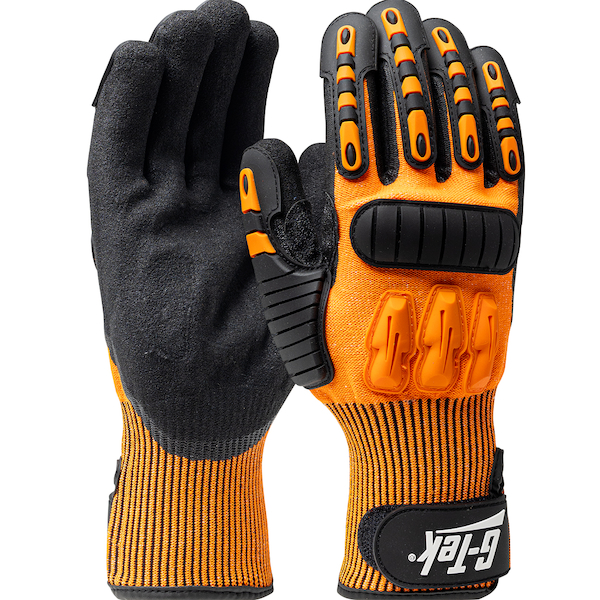 Hi Performance GloveG-Tek®120-5150
Hi Performance GloveG-Tek®120-5150
-
 Extended Use Disposable GlovesGrippaz™ Skins67-246
Extended Use Disposable GlovesGrippaz™ Skins67-246
-
 Cut Resistant GlovesG-Tek® PolyKor®16-560
Cut Resistant GlovesG-Tek® PolyKor®16-560
-
 Extended Use Disposable GlovesGrippaz™ Skins67-256
Extended Use Disposable GlovesGrippaz™ Skins67-256
-
 Cut Resistant GlovesG-Tek® Paradox™16-541
Cut Resistant GlovesG-Tek® Paradox™16-541
-
 Cut Resistant GlovesG-Tek® KEV™09-K1600
Cut Resistant GlovesG-Tek® KEV™09-K1600
-
 General Purpose Gloves - CoatedMaxiFlex® Endurance™34-844
General Purpose Gloves - CoatedMaxiFlex® Endurance™34-844
-
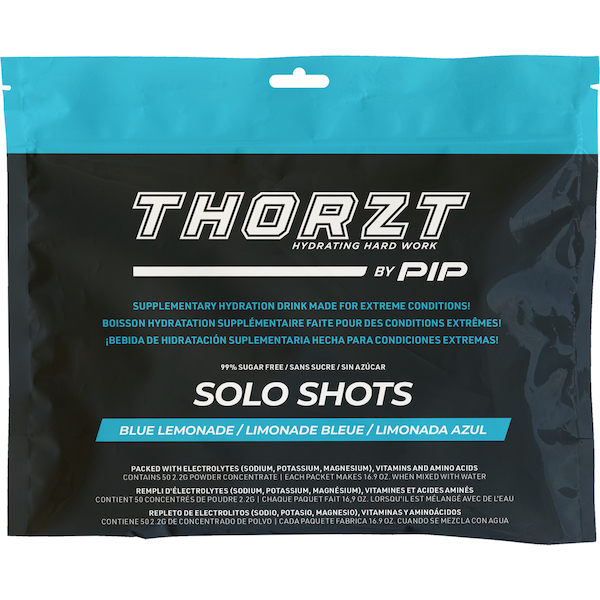 HydrationTHORZT™SSSFBL
HydrationTHORZT™SSSFBL
-
 General Purpose Gloves - CoatedMaxiDry®56-426
General Purpose Gloves - CoatedMaxiDry®56-426
-
 CE GlovesMaxiFlex® Elite™ ESD34-774B
CE GlovesMaxiFlex® Elite™ ESD34-774B

























